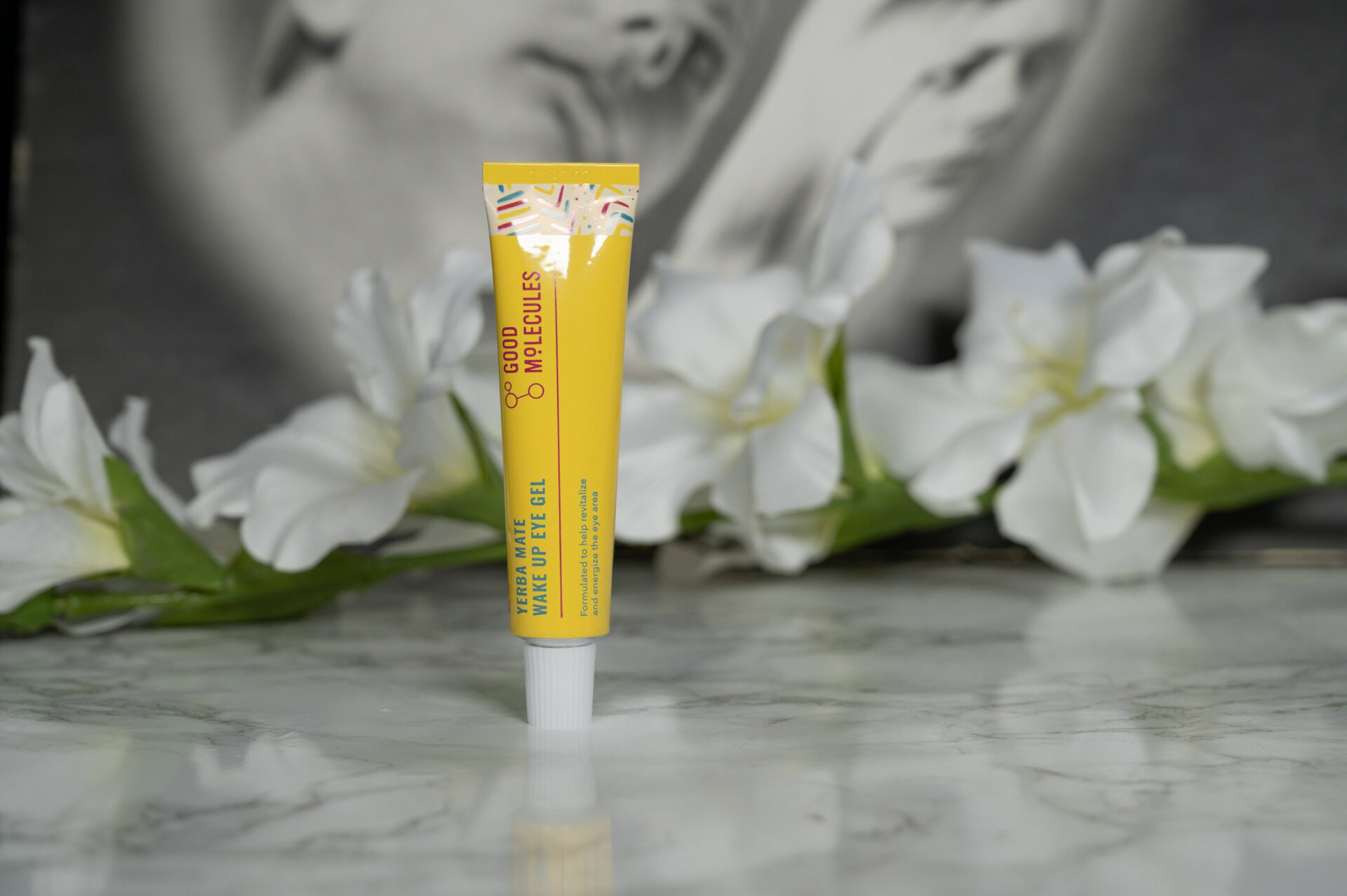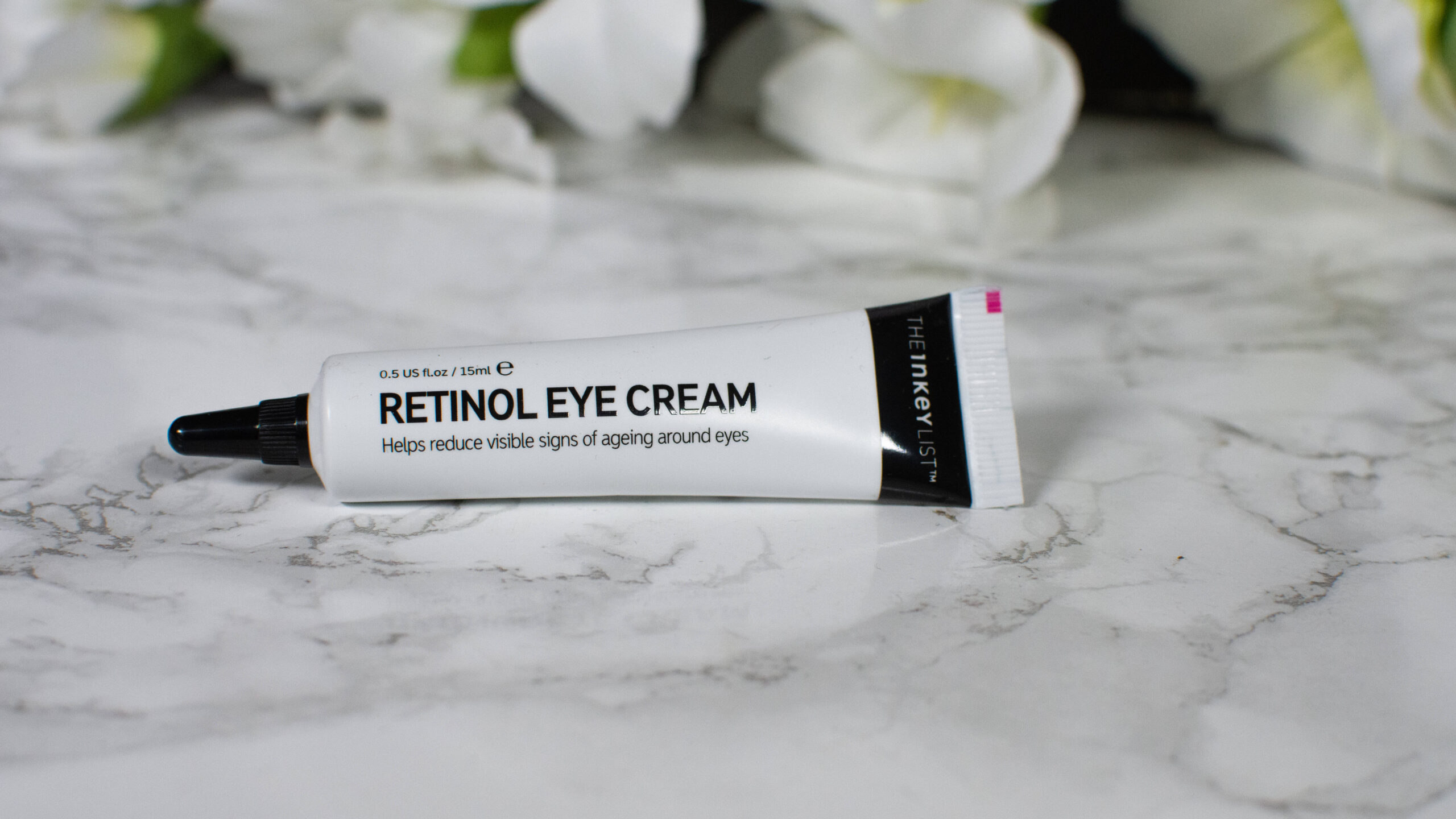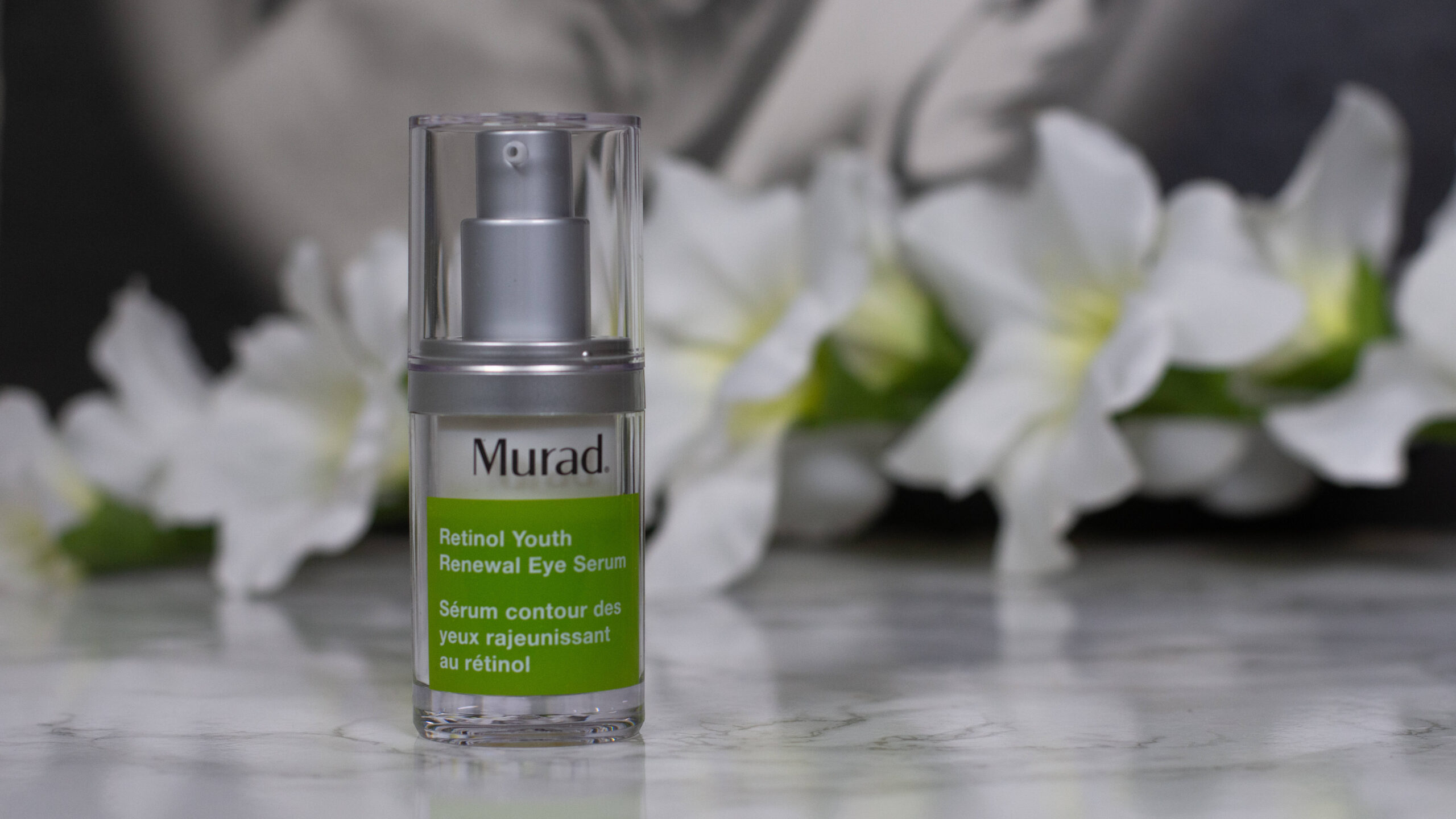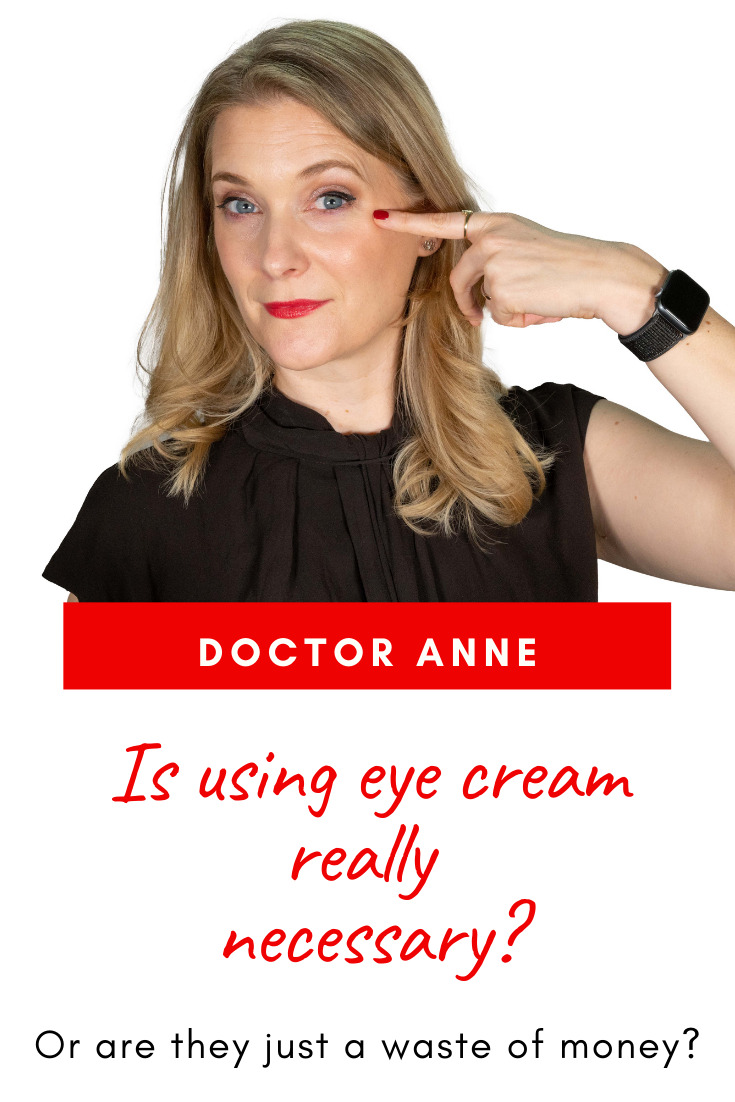ADVERTISEMENT INFO: THIS BLOG POST CONTAINS GIFTED ITEMS (PR) AND USES AFFILIATE LINKS. I RECEIVED NO MONEY TO WRITE IT. PLEASE READ DISCLAIMER.
It might not be obvious by the amount of skincare reviews I do on this blog, but I am actually a fan of a streamlined routine. Seriously, most of the time less is more when it comes to skincare, and if you focus on only the products you really need, it is helpful for your skin, your wallet and the environment!
So with that in mind, let me answer the following question: Are eye creams just overprized moisturizers? Or are they actually helpful?
Or in short: Is using an eye cream really necessary?

As always, the answer is: It depends!
But on what? Let´s talk!
This post is actually part of a series that I neglected for a while, on how to build a skincare routine, so if you have more questions on that topic, make sure to check it out.
But back to the eye creams!
Are eye creams different to moisturizers?
In general you can say that eye creams are not that different in terms of ingredients, but usually come in smaller sizes and for a higher price per ml.
The main ingredients in any moisturizer are a mixture of humectants to bind water, emollients to smooth the skin and occlusives to seal in the hydration (I talk more about all of that here and here). The ratio these three ingredients have to each other determines the texture and whether you perceive it as rich or lightweight and which skin types it works best for.
Please note that I use the term „skin types“ in a very loose way here – I don’t believe in the strict separation in oily/ normal (whatever that would be) and dry.
As there are different types of face moisturizers (thick creams, light lotions and serums), there are also different types of eye cream: eye serum, light eye gels and rich eye creams. No matter if they are called serum or cream, you don’t need to layer them as you would on your face (even though you of course could) and which one you pick is completely down to your personal preference and skin. As a rule of thumb the skin around the eyes needs more hydration than the rest of your face, but very rich textures can lead to milia.
So if they are so similar in texture and ingredients: Can you simply take your face moisturizer or serum around the eyes? Of course you can!
And if you can do that, why would you buy a smaller pot that is more expensive, but basically contains the same product? The sensible answer is: You wouldn’t do that.
Unless… there is a special reason.

Reasons to use a dedicated eye cream
Just to get that out of the way: If you enjoy the ritual of having a dedicated eye cream, that is more than enough reason to use it. Skincare is selfcare, it is all about what makes you enjoy yourself and feel better.
Another reason to use a dedicated eye product in the mornings can be once you reach my age and your eye area has lots of wrinkles from laughing your way through life – concealer and makeup have a tendency to settle into those lines, and an eye cream that creates a smooth layer can prevent that, much like a primer for the eye area. This can of course be achieved with a face cream as well, but I for one don´t like these smoothing textures all over my whole face.
But aside from that you should use a dedicated eye product if you have a specific concern that requires the use of certain actives with irritation potential.
Why? Because the skin around your eyes differs from the skin on the rest of your face.
How is the skin around the eyes different from the skin on your face?
The skin around your eyes is thinner in terms of thickness and has fewer sebaceous glands, which means it is more prone to dryness and easier to irritate. This is (as always) a rule of thumb, there are people with incredibly oily skin even around the eyes, or people that can tolerate their prescription Tretinoin all the way to the waterline, but the majority will need lower concentrations to be able to use their actives on the eye area.
Speaking of the waterline, due to the high amount of movement around the eyes, products tend to migrate towards the eye easier, yet another reason why I do not recommend using high concentrations of potentially irritating ingredients there.

Which skin concerns might require “actives” around the eyes?
I put “actives” in quotation marks here, because any ingredient in a product usually serves a purpose, but in this case I use the term to describe things like retinoids.
Let’s take a look at the most common concerns people face around the eyes:
That would be fine lines and wrinkles that show here first because again: skin is thin and more dry and we move this area a lot, then dark circles that can occur due to different reasons and puffiness/ eye bags.
Before you say now: “I have one (or all!) of these, I need an eye cream!” it is important to be aware that
a) topical skincare can only do so much (you can read about its limitations here) – if loss of volume due to aging leads to more prominent dark circles, a cream will not fix that, and that
b) different concerns need different things.
You need to figure out what you want to treat and then pick your eye cream accordingly rather than use “an eye cream” per default when you reach a certain age.

Helpful ingredients in eye creams
If fine lines and wrinkles are your main concern (and they are not due to simple dehydration), then retinoids are what you want to reach for, but again – not in prescription strength, but in an eye adapted formulation.
Dark circles are a little trickier, as there are different reasons why they occur and many of them, like genetics, can´t be changed by creams. If they are due to hyperpigmentation though (more common in people of color), things like Vitamin C can help in reducing their appearance, if they are due to blood shining through the skin (more common in fair skinned people), both retinoids, Vitamin K and (maybe) caffeine might help.
Puffiness usually reacts best to lifestyle changes or physical means like cooling or massage (often utilized in metal applicators), but can often be affected by caffeine containing eye creams.
To give you a few hints, here are:

My favorite eye creams
I have been using retinol containing eye creams for many years now, and though I have had people in the comments telling me that they use their Tretinoin around the eyes, that would most certainly NOT work for me.
My favorite one in terms of texture and effect is the Murad Retinol Youth Renewal Eye Serum (full review here), but if you want a more budget friendly version, The Inkey List Retinol Eye Cream (full review here) is a great option.
Two eye creams that I enjoy in the mornings are The Inkey List Caffeine Eye Serum (full review here) to combat puffiness and the Good Molecules Yerba Mate Eye Gel (full review here) that due to its thicker texture works great as makeup base.
I have not (knowingly) used products with Vitamin K, but if you want to try some, the Neostrata Brightening Eye Cream (15g/ 62 $) and the Biopelle Dark Circle Relief Cream (15 ml/ 42 $) both feature Vitamin K among their ingredients – mind you, I have not tried them myself.
Shop my favorites



